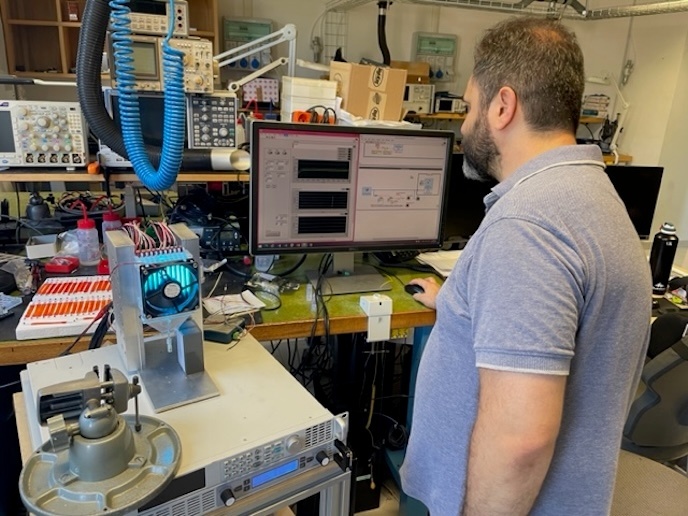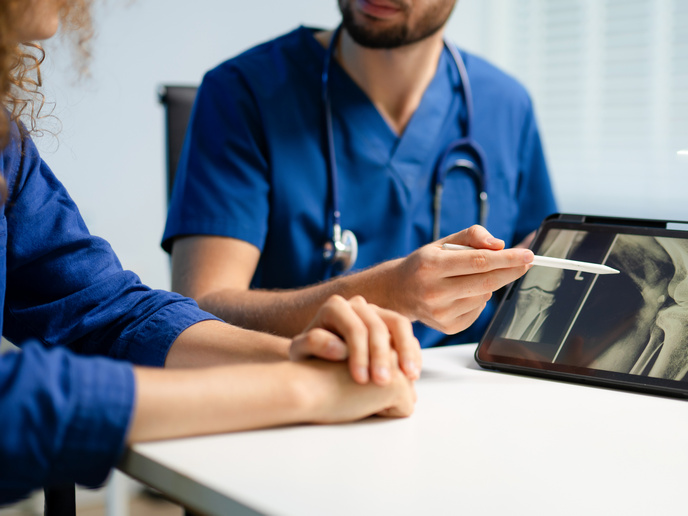Designing innovative medical devices
An EU-funded project, 'International research exchange for biomedical devices design and prototyping' (IREBID), addressed this issue in multiple ways. It began by identifying two objectives. The first was to establish channels of communications and synergies through the exchange of staff (early-stage or experienced researchers) between partner organisations from six European and non-European countries. The second was to develop innovative products within the medical field. Overall, the IREBID project strived to create a high level of expertise and understanding of design, prototyping and manufacturing of medical devices. Accomplishing this goal involved using computing tools, biomaterials and other innovative manufacturing technologies. To achieve its first objective, the project funded 414 secondments for travel costs and subsistence allowances. Accomplishing the second objective, however, involved completing four activities: workshops with expert doctors, engineers and companies; lectures with experienced researchers; joint research projects between partners; and periodic meetings. As a result of these efforts, IREBID gathered information and knowledge about a range of topics, such as the design of tracheal stents, skull models and hip prostheses. For some devices, including tracheal stents, hip and maxillofacial implants, and skull and pelvic floor models, the team moved from information gathering to the development of conceptual designs and prototypes. The project was successful in establishing synergies between the medical and technological fields. The IREBID partnership also took the next step by bringing some devices to market. In addition, the project generated 29 publications in research journals and 64 publications from international conferences. Moving forward, the IREBID consortium is bringing in new partners from industry, materials science and electronics to continue with a second edition of the project. As a result, innovative products in a growing number of fields may emerge.







